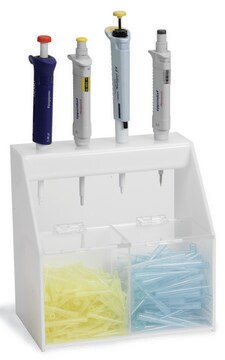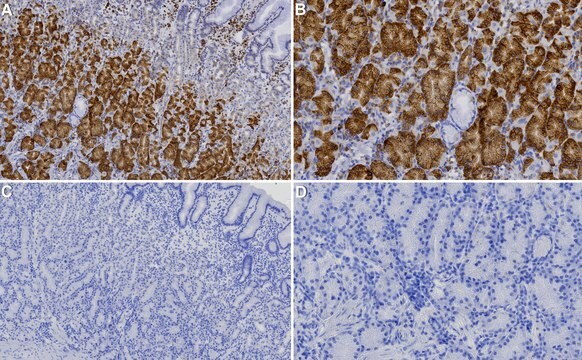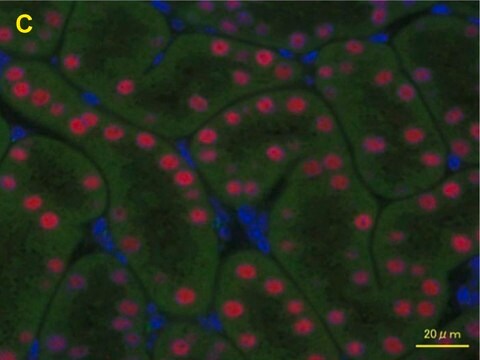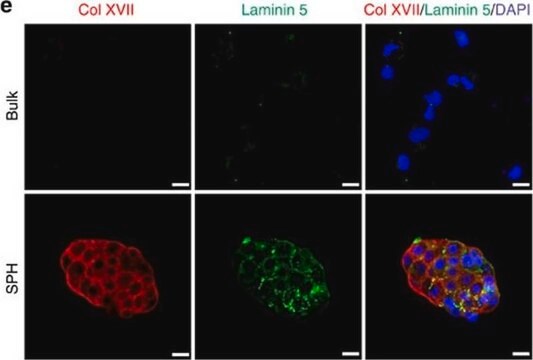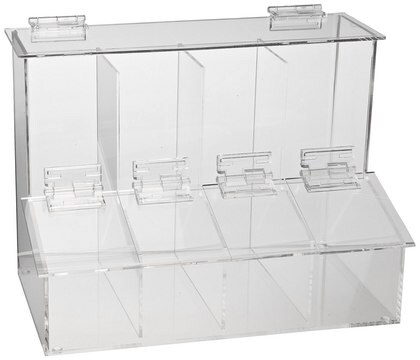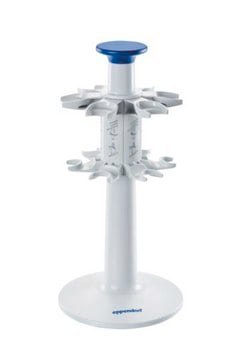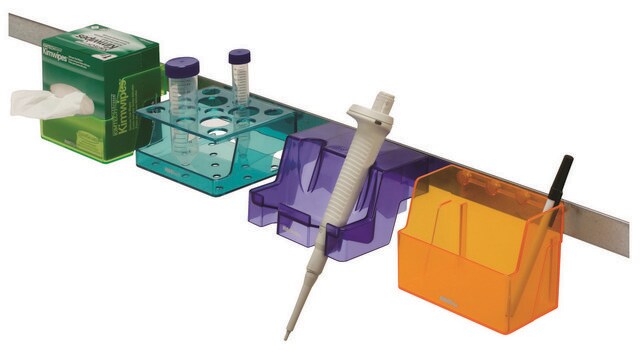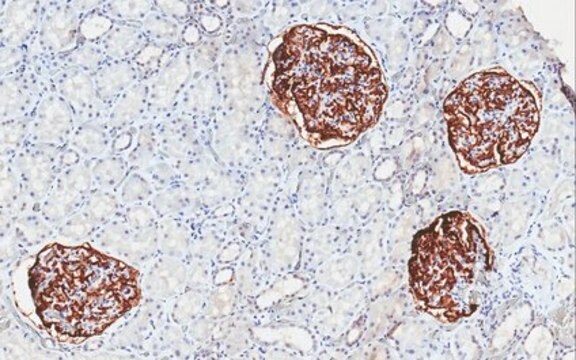MABT1460
Anti-LAMC2 Antibody
About This Item
ICC
IHC (p)
WB
immunocytochemistry: suitable
immunohistochemistry (formalin-fixed, paraffin-embedded sections): suitable
western blot: suitable
Productos recomendados
origen biológico
mouse
Nivel de calidad
conjugado
unconjugated
forma del anticuerpo
purified antibody
tipo de anticuerpo
primary antibodies
clon
P2H, monoclonal
mol peso
calculated mol wt 130.98 kDa
reactividad de especies
mouse, human
envase
antibody small pack of 100 μL
técnicas
ELISA: suitable
immunocytochemistry: suitable
immunohistochemistry (formalin-fixed, paraffin-embedded sections): suitable
western blot: suitable
isotipo
IgG2a
Nº de acceso UniProt
Condiciones de envío
dry ice
temp. de almacenamiento
2-8°C
modificación del objetivo postraduccional
unmodified
Información sobre el gen
human ... LAMC2(3918)
Descripción general
Especificidad
Inmunógeno
Aplicación
Evaluated by Immunocytochemistry in A431 cells.
Immunocytochemistry Analysis: A 1:500 dilution of this antibody detected Laminin-5 subunit g2 (LAMC2) in A431 cells.
Tested Applications
Western Blotting Analysis: 1 μg/mL from a representative lot detected LAMC2 in lung squamous cell carcinoma cell lysates (Courtesy of Kaoru Miyazaki, Ph.D., KIhara Institute for Biological Research, Yokohama City University, Japan).
Western Blotting Analysis: A representative lot detected LAMC2 in Western Blotting applications (Miyazaki, K., et. al. (2016). Cancer Sci. 107(12):1909-1918).
Immunohistochemistry (Paraffin) Analysis: 10 μg/mL from a representative lot detected LAMC2 in normal human skin, skin cancer, normal breast, and breast adenocarcinoma tissues (Courtesy of Kaoru Miyazaki, Ph.D., KIhara Institute for Biological Research, Yokohama City University, Japan).
ELISA Analysis: 5 μg/mL from a representative lot detected LAMC2 in Lm-gamma2pf and Lm-gamma2 in Lm332 condition medium from Lm332-expressing HEK293 cells (Courtesy of Kaoru Miyazaki, Ph.D., KIhara Institute for Biological Research, Yokohama City University, Japan).
Immunocytochemistry Analysis: A representative lot detected LAMC2 in Immunocytochemistry applications (Miyazaki, K., et. al. (2016). Cancer Sci. 107(12):1909-1918).
Immunohistochemistry Applications: A representative lot detected LAMC2 in Immunohistochemistry applications of lung squamous cell carcinomas and lung adenocarcinomas (Courtesy of Kaoru Miyazaki, Ph.D., KIhara Institute for Biological Research, Yokohama City University, Japan).
Note: Actual optimal working dilutions must be determined by end user as specimens, and experimental conditions may vary with the end user
Forma física
Almacenamiento y estabilidad
Otras notas
Cláusula de descargo de responsabilidad
¿No encuentra el producto adecuado?
Pruebe nuestro Herramienta de selección de productos.
Código de clase de almacenamiento
12 - Non Combustible Liquids
Clase de riesgo para el agua (WGK)
WGK 1
Punto de inflamabilidad (°F)
Not applicable
Punto de inflamabilidad (°C)
Not applicable
Certificados de análisis (COA)
Busque Certificados de análisis (COA) introduciendo el número de lote del producto. Los números de lote se encuentran en la etiqueta del producto después de las palabras «Lot» o «Batch»
¿Ya tiene este producto?
Encuentre la documentación para los productos que ha comprado recientemente en la Biblioteca de documentos.
Nuestro equipo de científicos tiene experiencia en todas las áreas de investigación: Ciencias de la vida, Ciencia de los materiales, Síntesis química, Cromatografía, Analítica y muchas otras.
Póngase en contacto con el Servicio técnico